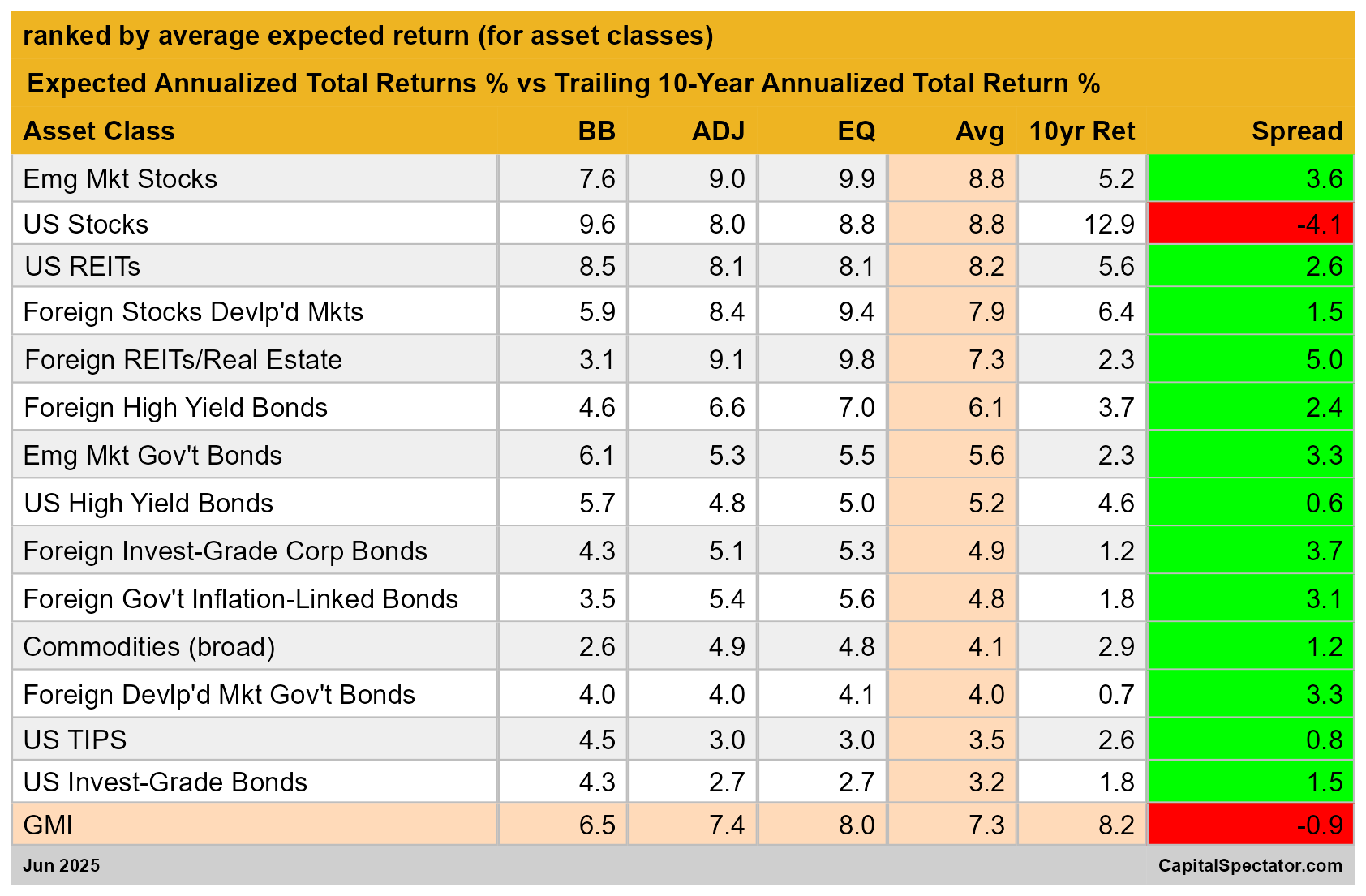The global financial landscape is on the cusp of a profound transformation, with leading financial experts now signaling that portfolio returns may be entering a sustained period of diminished growth. This significant shift necessitates a comprehensive re-evaluation of established investment paradigms for individuals and institutions alike, marking a potential departure from the robust capital appreciation characteristic of prior decades in the global economy.
This anticipated deceleration in the financial markets is primarily attributed to a potent cocktail of macroeconomic forces. Persistent inflationary pressures, which have proven more stubborn than initially projected, continue to erode purchasing power and investment yields. Simultaneously, central banks across the globe are responding with increasingly tightening monetary policies, characterized by interest rate hikes and quantitative tightening, measures designed to curb inflation but which inherently cool economic activity and temper asset valuations.
Beyond monetary policy, structural changes are reshaping the economic outlook. Disruptions and reconfigurations within global supply chains, accelerated by evolving trade dynamics, contribute to higher production costs and reduced efficiency. Furthermore, slowing global GDP growth projections and significant demographic shifts in major economies—such as aging populations and declining birth rates—present long-term headwinds that can constrain labor force expansion, productivity, and overall economic dynamism, all factors impacting investment potential.
The implications of this lower-growth environment ripple across various asset classes. Equities, traditionally reliant on strong corporate earnings and economic expansion for capital appreciation, could face compressed valuations and reduced growth prospects. Bond markets, already grappling with rising interest rates, may offer less attractive risk-adjusted returns. Even alternative investments, often sought for diversification, will likely require more discerning selection and a nuanced understanding of their true value proposition in a landscape defined by increased volatility and potentially reduced liquidity.
In response to this evolving scenario, a proactive and strategic approach to portfolio management becomes paramount. Investors are urged to prioritize robust diversification across different asset types, geographies, and industries, mitigating concentration risks. Emphasis on disciplined risk management, including scenario planning and stress testing, will be crucial. Moreover, cultivating a long-term investment perspective, focusing on fundamental value rather than short-term fluctuations, will be key to navigating periods of potential stagnation or modest growth.
The ramifications of this shift extend far beyond the individual investor. Institutional investment decisions, the solvency of pension funds, and the strategic deployment of sovereign wealth management are all poised to be significantly influenced. Adapting to what could well become the “new norm” in global finance requires foresight, agility, and a willingness to transcend conventional wisdom. It calls for a re-calibration of expectations and a deeper dive into the underlying economic fundamentals driving returns.
Understanding these intricate dynamics is not merely an academic exercise; it is crucial for both seasoned veterans and novice participants in the financial markets aiming to preserve and strategically grow their wealth. As the global economy recalibrates, those who proactively understand and adapt to the anticipated lower-return environment will be better positioned to safeguard their financial futures and identify emerging opportunities in an increasingly complex and challenging economic outlook.
Discover more from The Time News
Subscribe to get the latest posts sent to your email.






